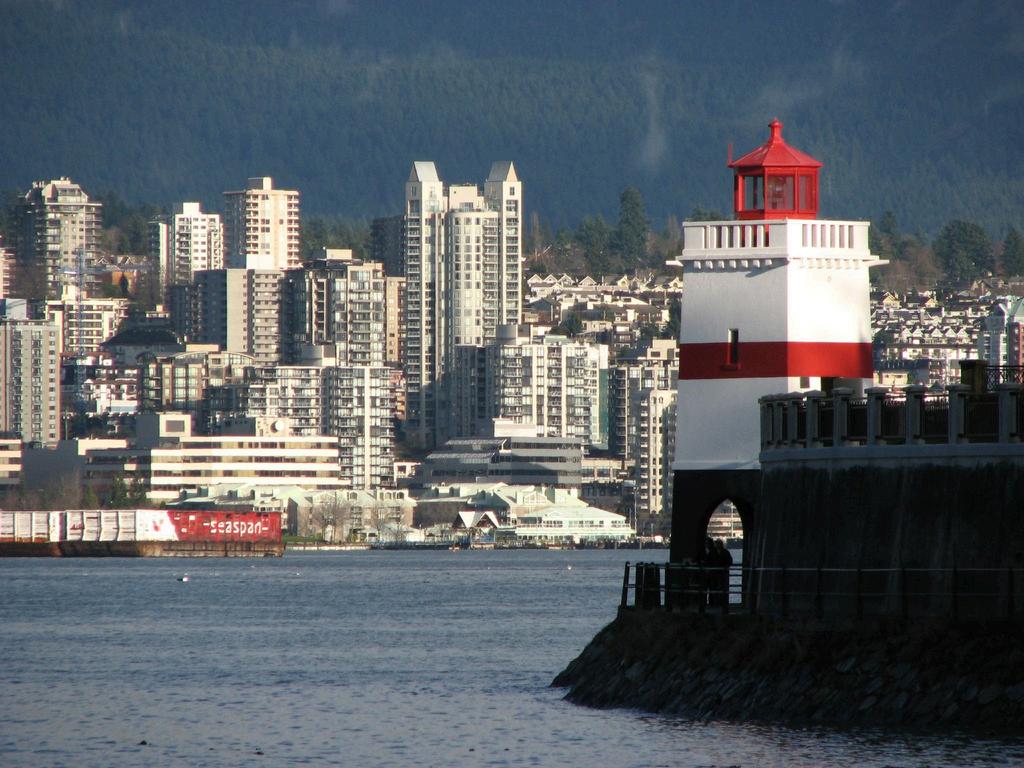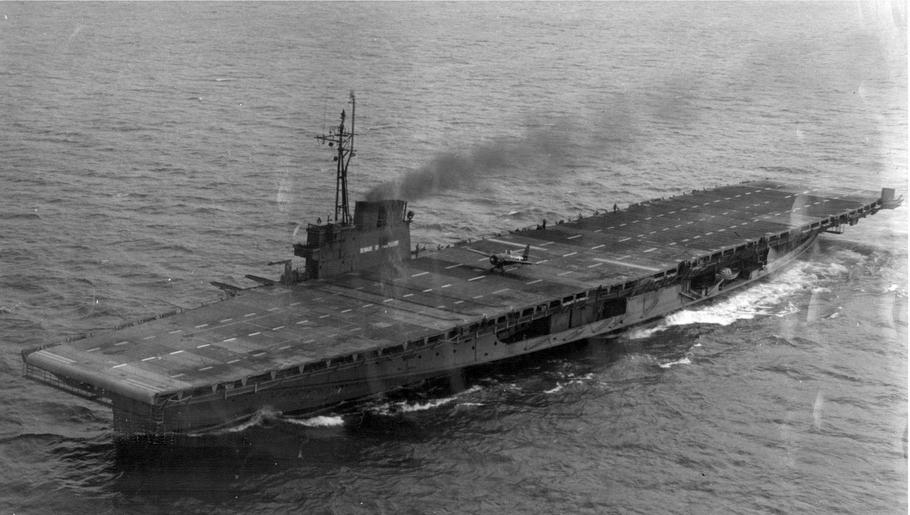
5 minute read
BITTER END
by theensign
Brockton Point Lighthouse
BY BRIDGET DOERNER
►The Brockton Point Lighthouse is located on the northeast corner of Stanley Park with a beautiful view of Vancouver, British Columbia. Visitors can walk under a pass through the 35-foot tower, built in 1914, to the shoreline pathway.
Before 1865, the land was used as a graveyard for early settlers. Edward Stamp cleared the land for a sawmill, but the strong currents in the harbor kept him from building log booms, so in 1891, he converted the land to a sports park used for cricket.
The number of shipwrecks led to the building of a lighthouse on the point. The first lighthouse keeper was Capt. William D. Jones, known as Davy Jones. Under his watchful skill, he was credited with many daring rescues in his rowboat. Starting in 1909, Jones controlled all outgoing traffic, and John Grove at Prospect Point controlled all incoming traffic.
In addition to his other duties, Jones was charged with the firing of the 9 pm gun to help mariners set their chronometers. It continues to be shot electronically to this day. ■
A VERSION OF THIS ARTICLE WAS ORIGINALLY PUBLISHED IN THE SKOKIE VALLEY SAIL & POWER SQUADRON/20 RUNNING LIGHTS NEWSLETTER.
The little steamers that could
BY DONALD JAHNCKE
►We are used to seeing U.S. Coast Guard vessels on the Great Lakes, but not U.S. Navy vessels. If you cruise up to Green Bay, Wisconsin, you might see one of the Navy littoral ships built in Marinette. I know that the Air Force and Navy carry out joint exercises on Michigan’s Mullett Lake on occasion. But during World War II, the lakes were a beehive of activity.
You might already be aware that 28 diesel electric submarines were built by the Manitowoc Shipbuilding Co during World War II. Also, Sault Ste Marie, Michigan, was the site of a 7,000-man defense force complete with 40-plus antiaircraft gun emplacements and 50 barrage balloons. Ninety percent of the iron ore for the war industry passed through the Soo Locks. The Soo Locks’ average annual tonnage was five times the annual tonnage of the Panama Canal! This was an obvious choke point that would cripple America’s war efforts and therefore imperative to defend. The concern was a long-range bomber attack of a guerrilla force landing by submarine in Hudson Bay.
The US commissioned a staggering 151 aircraft carriers during World War II, but none was quite like the USS Wolverine or its sister ship, the USS Sable.

Not only were the two flattops the only American wartime carriers powered by coal (most naval vessels of the era ran on fuel oil), but both also served their entire military careers on Lake Michigan. And while these freshwater fighting ships faced no enemy and fired no shots in anger, both were invaluable to the American war effort. Together, they prepared thousands of naval aviators, including future President George HW Bush, for the dangerous job of landing planes on pitching and rolling flight decks at sea. It was squadrons of these same naval aviators that would help turn the tide against the Axis powers.
Commissioned in 1942 as a training ship for naval aviators, the Wolverine began life in 1913 as the paddle-wheel steamer Seeandbee, a Lake Erie luxury cruise liner with 500 private cabins, a saloon and a great formal dining hall, complete with an orchestra. For years, the Seeandbee’s berths were filled with upscale travelers looking to get from Buffalo, New York, to Cleveland overnight in style. But as ticket sales slumped during the Great Depression, the ship’s future seemed bleak.
It wasn’t until 1942 that it won an unexpected and new lease on life. Within weeks of the Japanese attack on Pearl Harbor, Washington bought the aging steamship and began converting it for military use. The Navy was desperate to acquire training aircraft carriers for the coming onslaught of rookie pilots and deck crew, and the admirals couldn’t spare a single serving flattop for the role. But ships like the Seeandbee could easily fit the bill.
In just four months, work crews cut away the vessel’s superstructure and fitted its hull with a 500-foot wooden flight deck, complete with arrester cables. A small bridge along the starboard side was also added. Rechristened the USS Wolverine (IX-64) and commissioned in August 1942, the vessel, which lacked the hangar decks and defensive weaponry of a serving aircraft carrier, would be little more than a floating runway.

By 1943, the Navy needed to train even more carrier pilots, so in May the newly refurbished USS Sable joined the Wolverine. This newer carrier had been converted from the 518-foot paddle-wheel liner Greater Buffalo, the former pride of the Detroit and Cleveland Navigation Co’s Lake Erie fleet. In its prime, the Greater Buffalo treated passengers to luxury staterooms and a vast dining hall. But by 1941, the Greater Buffalo sat idle. The following year, it, too, was acquired by the Navy and retrofitted with a flight deck made of steel. Eight rows of arresting cables and a bridge were added. Down below were pilot briefing rooms, living quarters, mess halls and even laundry facilities for both aviators and crew.
The only paddle-wheel aircraft carriers in the fleet, the Wolverine and Sable caused problems, as on windless days the carriers were too slow to generate sufficient winds across the deck for flight operations. Despite this, the Wolverine and Sable were useful platforms for pilots to practice takeoff and landing, freeing up frontline carriers for combat duty.
Unfortunately, after the war these two unique aircraft carriers were sent to the scrapyard. All that is left are the pictures and the stories. ■
THIS ARTICLE ORIGINALLY APPEARED IN THE BILGE CHATTER NEWSLETTER OF AMERICA’S BOATING CLUB BIRMINGHAM.










